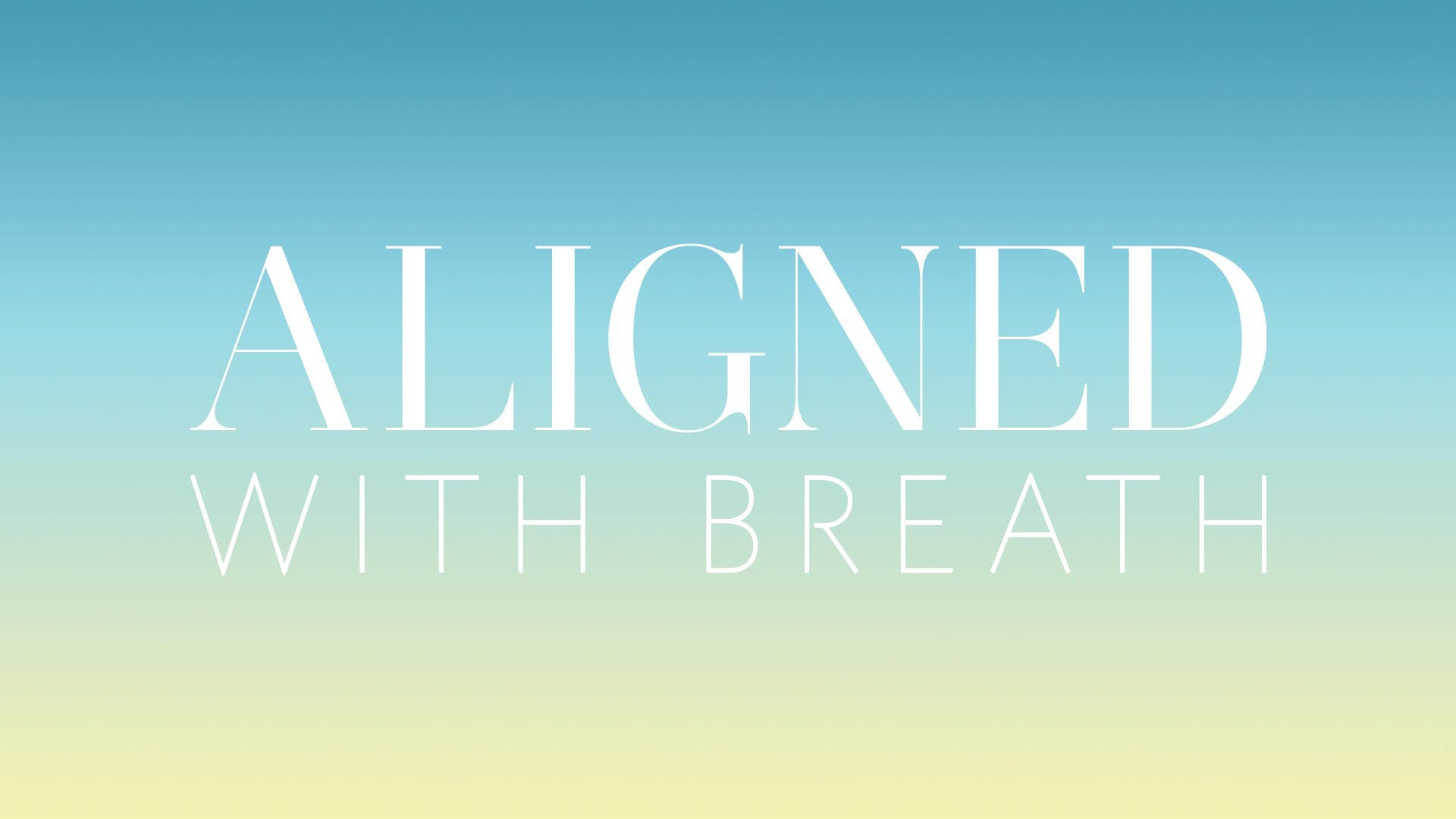Description
About This Video
Transcript
Read Full Transcript
Welcome to this breath-centered meditation. I was recently in Mexico and I saw these trees that I learned were called seba trees and they're spiritual trees to the Mayan civilization that they believe they anchor the earth to the heavens and there when I saw it was huge and it came up from the trunk and then it branched out there weren't leaves on it just like so many branches out out out and just when I saw it it reminded me so much of all the images I've seen of of lungs and the inside of the lungs have what sort of appears to be downward facing trees inside so find a comfortable seat if you haven't already and lift your spine and close your eyes and begin by bringing your attention to your to the level of your nostrils and just notice the air coming in and out there and it's up to you whether you want to just go with a natural breath or a deeper breath notice if one nostril feels dominant sometimes I bring a finger underneath the the nostrils just to see which one is taking in more air right now it's the right it definitely shifts from side to side and just place your attention right there at the the entryway for the oxygen into your body so after the air comes in through the lungs it makes its way through the sinuses that are behind the cheekbones so just have a feeling of that space behind the cheekbones where you maybe perceive your sinuses to be as being kind of wide and soft and opening and accepting of the breath whooshing whooshing by from the sinuses the breath makes its way down into the throat the trachea or the windpipe the windpipe is about four inches long and an inch or less in diameter and it's striped one layer of cartilage a layer of muscle a layer of cartilage a layer of muscle a layer of cartilage layer of muscle it's red and white striped and the trachea or the windpipe is also uh it's movable it's not like a a pipe but more like a like a vacuum cleaner hose it has a malleability which is what allows us to move our our head around so feel the breath coming in through the nose moving through the sinuses going down into the windpipe and it's very subtle like whether for myself whether i actually can feel it or i just sort of pretend to i don't it's a little murky so don't get tripped up in that just notice what it is you perceive and and be curious perhaps about the the journey from the from the windpipe it breaks off into two two sides and moves into the bronchi of the lungs and here's where we have our upside down seba trees so two trees one on the right one on the left and so it starts at the at the base the trunk and then branches out and now if you haven't already let your breath deepen and feel the breath as it journeys through the branches to the edges of the tree which would be the metaphorically which is the edges the the sides front back of the lungs at the very very end of the branches there's the avioli which are like little bunches of teeny tiny tiny microscopic bunches of grapes and we're going to breathe all the way into those spaces little teeny little bunches at the edges of the tree and then of course the breath on the exhalation does exactly it retrogrades exactly in the opposite direction the lungs deflate the air comes up the trees to the trunk up the windpipe through the sinuses and back out the nose so for a few steady breaths here see if you can just trace the breath coming in through the nose sinuses windpipe bifurcates into the lungs spreads the lungs as you exhale the trees can soften the air gets pushed up into the windpipe through the sinuses and back out the nose if when you notice that your attention has strayed away from the observation of the breath on this on this path it's a great moment when you notice that you have have wandered away because it's an opportunity for you to treat yourself with great kindness and compassion and just say hey we're not there right now we are here come back just a couple more minutes here watching the breath make its journey into the body the wise teacher pama children's says when you notice your mind wandering good for you good for you that you noticed now come back back filling the trees moving into the vastness of the big seba trees in the lungs and now let the breath get a little more subtle soft natural but keep letting the mind draw in and be anchored by the passageways the journey that the breath takes to meet the body so the exercise of meditation is to anchor with the breath or mantra or whatever however it is all the different techniques of meditation but really the the benefit of meditation is not being able to keep your attention on the breath that's an exercise to help us move out into the world with awareness with compassion with openness and try to see things clearly see see things as they are are bring your hands in front of your heart thank you very much namaste
Aligned With Breath
Comments
You need to be a subscriber to post a comment.
Please Log In or Create an Account to start your free trial.














